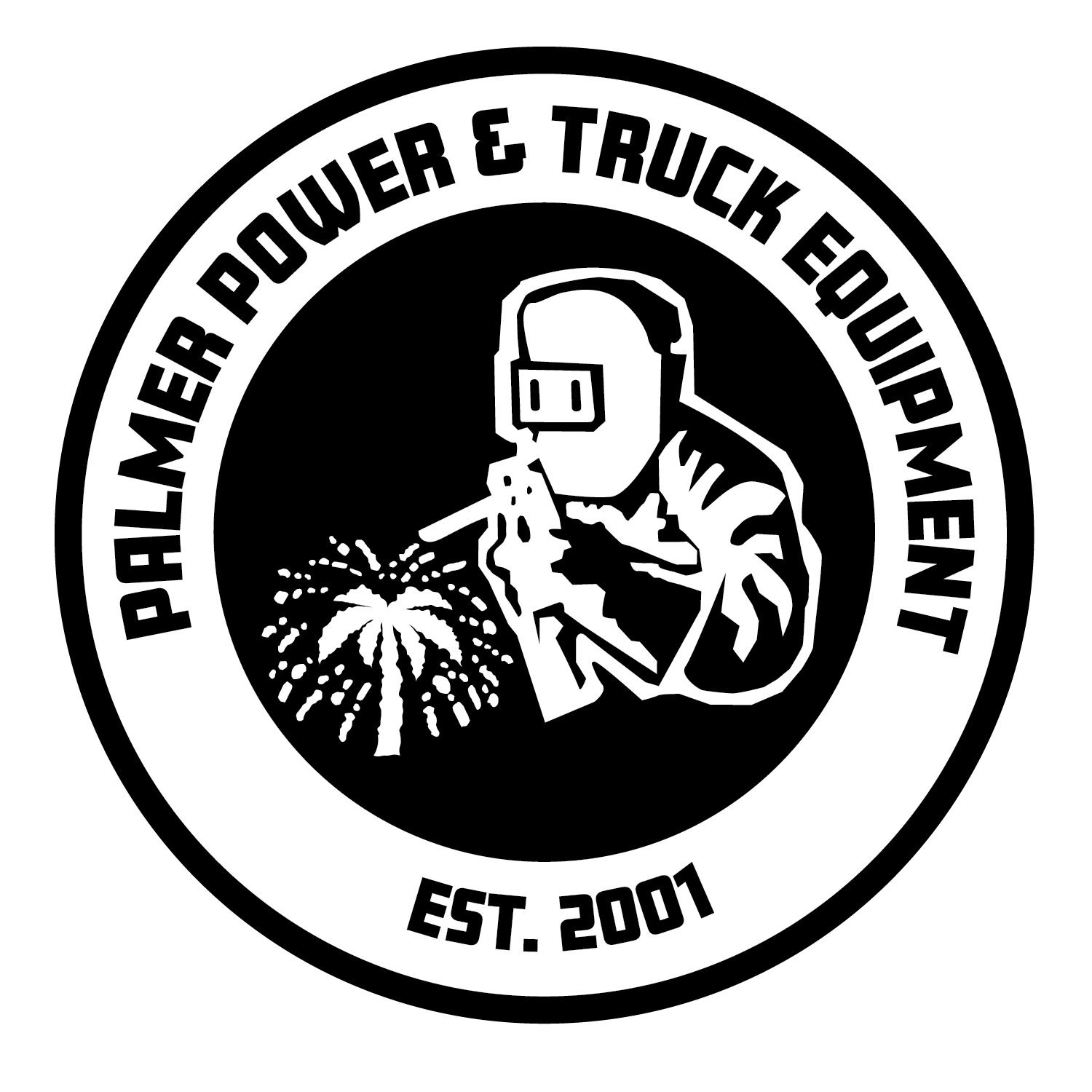What You Need to Know About Light Duty Snow Plows - The Dos and Don'ts
Snowplows are not one-size-fits-all and there are several things to consider before purchasing one of your own. If you’re a smaller company involved in snow and ice removal, you probably own a diverse array of vehicles and plow in many different environments. Consider the following topics when deciding which plow is right for you.
Choosing a Blade for Your Plow - DO Consider the Weight
If you select a blade that is too heavy for your vehicle, you can cause a lot of unnecessary stress on the front axle and suspension. This can lead to your brakes failing or operating incorrectly. There are plows for a variety of vehicles including Jeeps and small pick-up trucks. Each plow is a different weight and width, depending on the vehicle it will be mounted to.
Steel vs. Polyethylene Plows - DON’T Forget About Normal Wear-and-Tear
Most plows are made of steel, but some manufacturers also offer polyethylene options. A steel plow is extremely durable and can be used in many different environments. Polyethylene has gained momentum in recent years due to how quickly and efficiently it makes snow removal, and because it “will not rust, corrode, or require painting the way a steel plow might (Snow Magazine Online).”
No matter what material you choose, your plow will experience some wear and tear. If it is used for anything other than the purpose it is designed for – pushing snow – it will bend, or cause a piece of the framework to bend, possibly even the truck frame.
Types of Snowplows - DO Consider Supplementing
Other than the standard straight-blade snowplow, there are other unique types such as rear-mounted plows and v-plows. Rear-mounted plows are considered safer and are usually very wide. These are also very easy to attach and detach. Many people will use a rear-mounted plow to supplement a front plow. A V-Plow can create a sharp arrowhead shape that will allow you to cut through snow more efficiently than a straight-blade plow. However, these are typically more expensive and take some time to learn how to operate.
Your Hydraulic Options - DON’T Forget to Consider Your Environment
There are two typical hydraulic systems for light-duty snow plows – an electric-powered 12-volt unit and an engine-powered hydraulic pump. Depending on your location’s weather patterns, one system may be better suited than the other.
The 12-volt unit includes controls in the cab to move the plow vertically and horizontally. You can usually completely remove the plow, including the headgear, lights, and pump if you aren’t using it.
The engine-powered pump is, well, mounted directly on the vehicle’s engine. It pumps hydraulic fluid to lift and angle the pump and it is operating at all times, no matter if you are actually plowing. “Many owners remove the drive belt for the pump every spring and put it back on every fall (Snow Magazine Online).”
Selecting a Dealer - DO Ask Questions
Due to the nature of plowing snow and operating in less-than-favorable weather, sooner or later, you will need replacement parts for your plow. Choose a dealer that will be able to help if your plow breaks in the middle of the winter season. Ask questions regarding their hours of operation and experience and knowledge with the particular you’re purchasing. A dealer should also be able to answer product-specific questions before you complete your purchase. If you do not feel comfortable with a particular dealer, go shopping for another.
Other Snow & Ice Equipment You Need - DON’T Forget to Accessorize
In addition to your plow, you may want to opt-in for other accessories such as a salt spreader.
A light-duty salt spreader is mounted on the back of a vehicle and applies salt (or sometimes sand) to the roads. The salt will help more snow from sticking to the pavement and can help melt layers of ice, but this takes longer as temperatures become colder. There are controls in the cab of the vehicle to control how much salt is being released at any given time.
Maintaining Your Plow - DON’T…
Use your plow for anything other than snow
Leave salt on your blade for extended periods of time
Mix types of hydraulic fluid or leave the fluid for multiple seasons in a row
Plow at speeds of more than 20mph
Leave cracks unrepaired
Neglect painting your plow (if it is made of steel)



